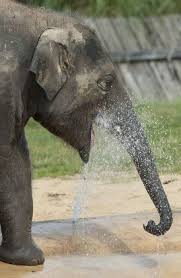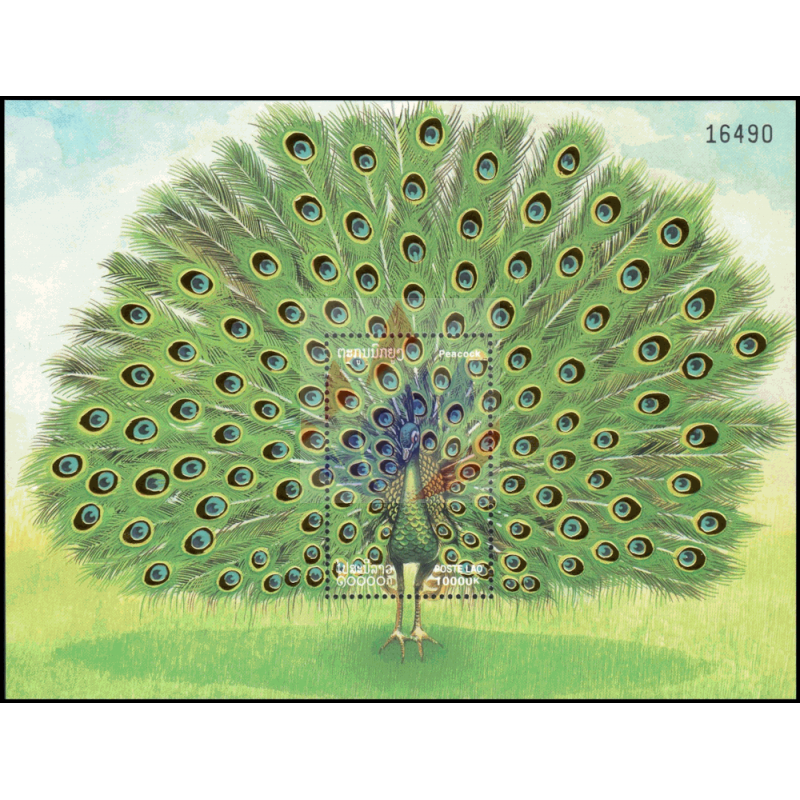Introduction
Whipsnade Zoo, located in Bedfordshire, UK, is one of the largest wildlife conservation parks in Europe. Established in 1931, this expansive zoo not only provides an enjoyable experience for visitors but also plays a crucial role in the conservation of endangered species. Its focus on education and animal welfare makes it a pivotal institution in the UK’s zoological landscape.
The Importance of Whipsnade Zoo
Whipsnade Zoo spans over 600 acres and is home to more than 3,000 animals representing over 200 species, many of which are endangered. The zoo is renowned for its efforts in breeding programmes for species such as the African elephant and the Asiatic lion, helping to boost populations of these critical animals. Its objective extends beyond mere exhibition; it aims at preserving biodiversity through various conservation initiatives. These include habitat restoration and partnerships with global wildlife organisations.
Current Events and Developments
As of October 2023, Whipsnade Zoo has introduced several new exhibits and educational programmes. This year, the zoo launched its ‘Wildlife Heroes’ initiative, encouraging visitors to participate in conservation activities like habitat clean-ups and fundraising for endangered species. Additionally, the zoo’s ‘Behind the Scenes’ tours have gained popularity, providing guests with a deeper understanding of animal care and the zoo’s conservation efforts. The introduction of interactive technology in visitor areas also enhances engagement, promoting an understanding of animal behaviour and ecology.
Future Prospects
Looking ahead, Whipsnade Zoo aims to enhance its conservation projects and expand its education programmes to reach a broader audience. The zoo is actively seeking to become involved in more international conservation projects and hopes to support local wildlife efforts. Furthermore, there are plans to develop more naturalistic habitats for the animals, ensuring their health and wellbeing while enabling visitors to observe them in environments that mimic their natural habitat.
Conclusion
Whipsnade Zoo stands as a leader in wildlife conservation in the UK, combining visitor experience with vital environmental education and species preservation. As it progresses into the future, the zoo’s commitment to promoting biodiversity and fostering connections between the public and wildlife is crucial. For visitors and conservationists alike, Whipsnade Zoo serves not only as a place of enjoyment but also as a beacon of hope for endangered species and a model for responsible wildlife management.

